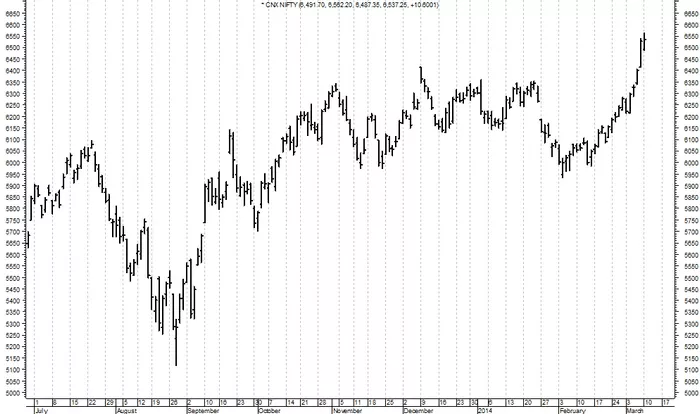Investing is a key component of personal finance, and two popular investment vehicles are mutual funds and common stocks. Both provide opportunities for individuals to grow their wealth, but they do so in different ways. Understanding the similarities between mutual funds and common stocks can help investors make informed decisions and optimize their investment strategies. This article delves into 8 key similarities between mutual funds and common stocks, providing a comprehensive overview that is easy to understand, objective, and professional.
1. Ownership of Assets
Mutual Funds: Ownership Through Shares
When you invest in a mutual fund, you purchase shares of the fund. This ownership entitles you to a proportional share of the fund’s assets, which are managed by a professional fund manager. These assets typically include a diversified portfolio of stocks, bonds, or other securities.
Common Stocks: Direct Ownership of Companies
Investing in common stocks means you are buying shares of individual companies. This ownership grants you a stake in the company’s assets and earnings. As a shareholder, you have voting rights and may receive dividends, depending on the company’s performance and policies.
2. Potential for Capital Gains
Mutual Funds: Gains Through Fund Performance
Mutual fund investors can earn capital gains when the value of the fund’s underlying assets appreciates. These gains are typically realized when the fund sells securities at a higher price than the purchase price. Investors may receive these gains as distributions or through an increase in the net asset value (NAV) of their shares.
Common Stocks: Gains Through Stock Appreciation
For common stocks, capital gains occur when the stock price increases. Investors can sell their shares at a higher price than they paid, realizing a profit. The potential for capital gains in stocks is directly linked to the company’s performance, market conditions, and investor sentiment.
See Also: 6 Major Risks of a Strategy Based Solely on Picking Stocks
3. Income Generation
Mutual Funds: Dividend and Interest Income
Mutual funds can provide income through dividends paid by the stocks held within the fund or interest from bond holdings. This income is usually distributed to investors periodically, depending on the fund’s income distribution policy.
Common Stocks: Dividends
Common stock investors may receive dividends, which are portions of a company’s profits distributed to shareholders. Dividends can provide a steady income stream, especially from well-established companies with a history of regular dividend payments.
4. Market Risk
Mutual Funds: Diversified Risk
Mutual funds are inherently diversified, spreading investments across various assets to mitigate risk. However, they are still subject to market risk, as the value of the fund’s portfolio can fluctuate with market conditions.
Common Stocks: Individual Stock Risk
Investing in common stocks carries market risk, as stock prices can be volatile and influenced by various factors, including company performance, economic conditions, and market sentiment. Unlike mutual funds, the risk is concentrated in individual companies.
5. Liquidity
Mutual Funds: Easy to Buy and Sell
Mutual funds are generally liquid investments, allowing investors to buy or sell shares at the end of the trading day at the fund’s NAV. This liquidity provides flexibility for investors to enter or exit positions relatively easily.
Common Stocks: Traded on Stock Exchanges
Common stocks are highly liquid, as they are traded on major stock exchanges. Investors can buy or sell stocks during market hours at prevailing market prices. This high liquidity makes it easy to convert stocks to cash quickly.
6. Regulatory Oversight
Mutual Funds: Regulated by Financial Authorities
Mutual funds are subject to strict regulations by financial authorities, such as the Securities and Exchange Commission (SEC) in the United States. These regulations ensure transparency, protect investors, and maintain market integrity.
Common Stocks: Corporate and Exchange Regulations
Common stocks are also regulated by financial authorities and must adhere to exchange rules where they are listed. Companies are required to disclose financial information and comply with regulatory standards to ensure investor protection and market fairness.
7. Professional Management
Mutual Funds: Managed by Fund Managers
One of the key features of mutual funds is professional management. Fund managers make investment decisions on behalf of investors, aiming to achieve the fund’s investment objectives. This professional oversight can benefit investors who lack the time or expertise to manage their investments.
Common Stocks: Indirect Professional Influence
While individual stock investors do not benefit directly from professional management, they can rely on financial analysts’ research and recommendations. Additionally, companies themselves are often managed by professional executives and boards of directors who make strategic decisions to enhance shareholder value.
8. Access to Investment Strategies
Mutual Funds: Various Fund Types
Mutual funds offer access to a wide range of investment strategies, from conservative bond funds to aggressive equity funds. This diversity allows investors to choose funds that align with their risk tolerance, investment goals, and time horizons.
Common Stocks: Diverse Investment Opportunities
Investing in common stocks provides access to a broad spectrum of companies across different sectors and industries. Investors can tailor their portfolios to include growth stocks, value stocks, or a mix, depending on their investment strategies and preferences.
Conclusion
Mutual funds and common stocks share several similarities, including ownership of assets, potential for capital gains, income generation, exposure to market risk, liquidity, regulatory oversight, professional management, and access to diverse investment strategies. Understanding these similarities can help investors make informed decisions and build well-rounded investment portfolios. Both mutual funds and common stocks offer unique advantages, and a balanced approach can leverage the strengths of each to achieve financial goals. By recognizing the commonalities and differences, investors can navigate the complex world of investments with greater confidence and insight.
Related topics:































